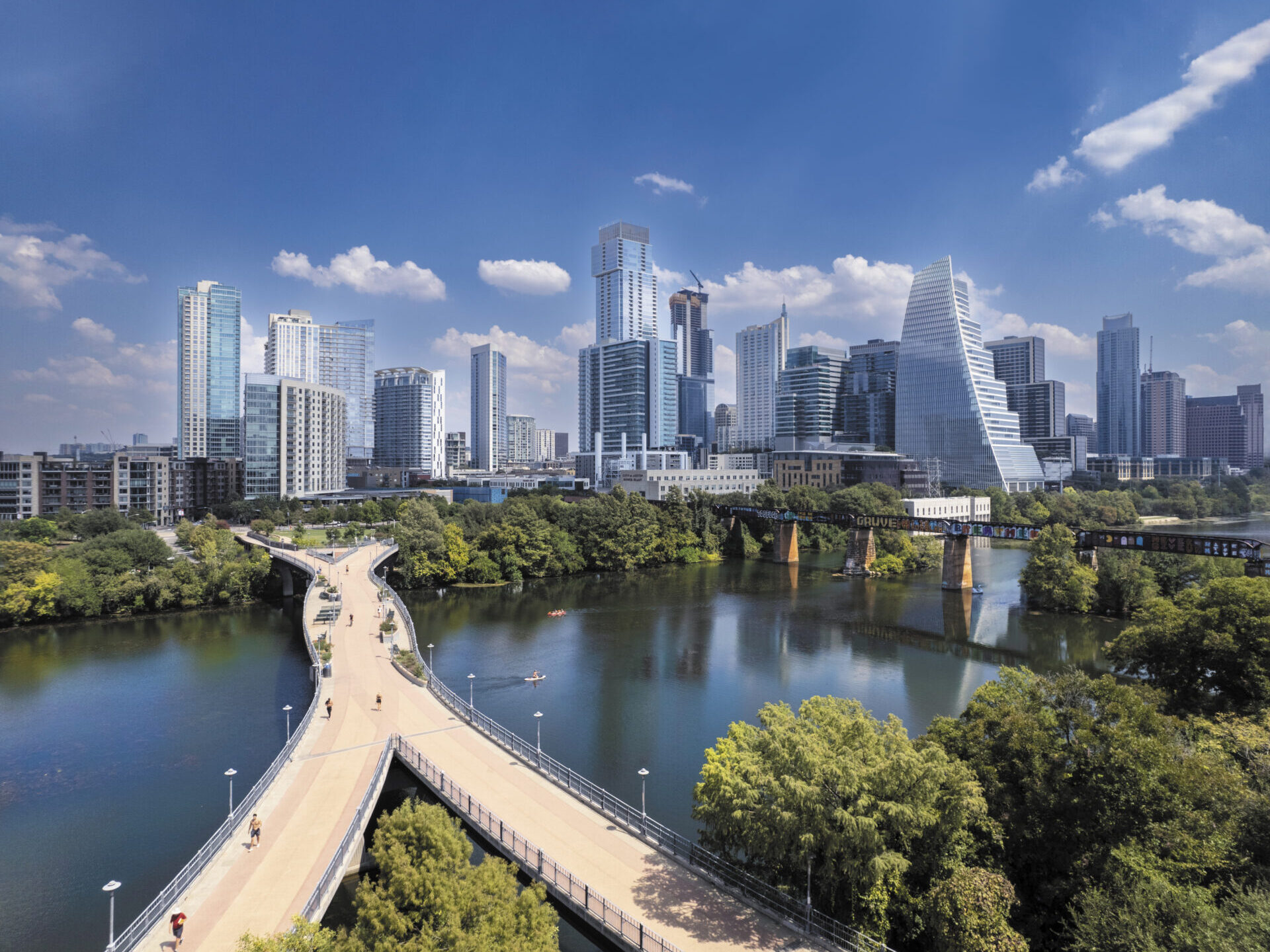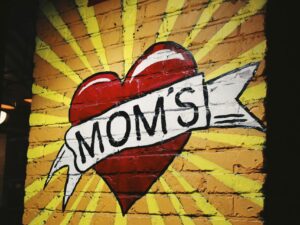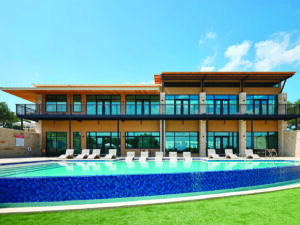Many know Austin as the “Live Music Capital of the World”, but it offers so much more than just its music. Austin is filled with an innovative spirit that drives change in each and every industry. It boasts a diverse mix of award-winning restaurants, a vibrant nightlife, tons of entertainment, and there’s no denying its natural beauty.
According to the Downtown Austin Alliance, by 2040, the Austin regional population is expected to grow to 3.6 million, a 57% increase from its current population.
The natural beauty of Austin is integrated with the urban core, with multiple green spaces including the Shoal Creek and Waterloo Greenway and the string of parks interconnected by the Ann & Roy Butler Hike-and-Bike that stretch along the shores of Lady Bird Lake.
In the past decade, there has been a dramatic shift in homeowners trading in their single-family homes for a life of convenience in downtown Austin. High rises have become the most popular housing trend in the capital city, attracting every age demographic, due to their centralized proximity to all that downtown offers. The city is revisiting its roots by innovating and restoring many districts, business establishments, residential buildings, office buildings, and parks for its residents to enjoy. Austin is evolving but, as always, it’s keeping it weird.
Downtown residential projects currently planned or underway are projected to add over 11,000 units — more than doubling the existing stock of over 10,000 downtown condominiums and apartments. Source: Downtown Austin Alliance
When Will Wynn served as mayor, he set a goal to bring 25,000 residents to downtown Austin. In 2005 there were only 5,000 people living here. As reported by the Downtown Austin Alliance, today there are over 14,300 downtown dwellers with the number continuing to rise as additional waves of high rise condominiums deliver. Downtown residential projects currently planned or underway are projected to add over 11,000 units — more than doubling the existing stock of over 10,000 downtown condominiums and apartments.
In addition to downtown Austin’s growing residential density, the amount of office space has continued to expand. Today, over 9M square feet of office space is under construction, with more than 13M additional square feet planned. Over 117,000 people currently work downtown.
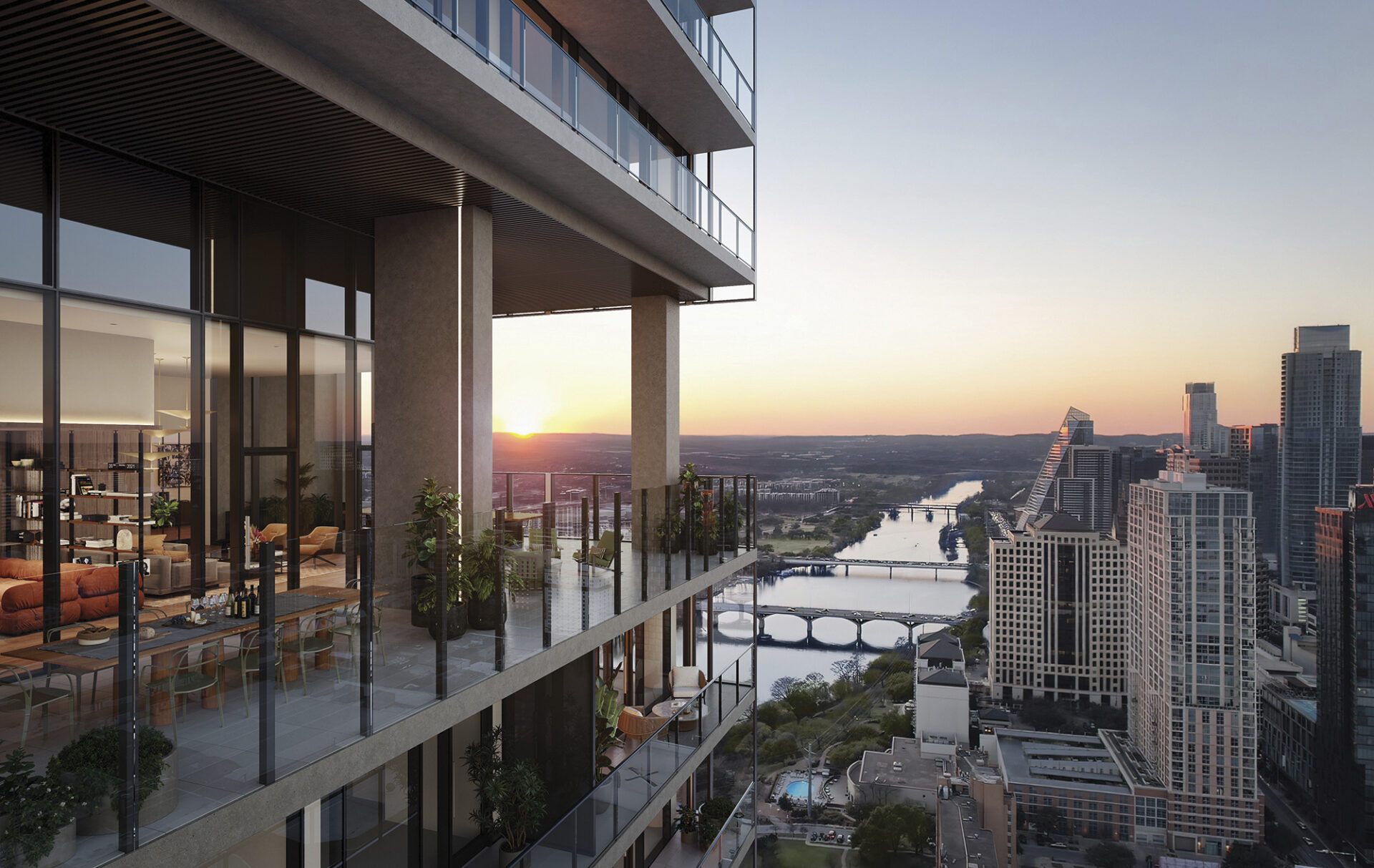
The Modern Austin, courtesy of Urbanspace
Rainey Street District
In 2004 Rainey Street was rezoned as part of Austin’s Central Business District to help develop the area surrounding the Austin Convention Center. Over the past two decades, Rainey Street has evolved from a sleepy residential street to a bustling center of activity with the construction of residential buildings such as The Modern Austin Residences, which is currently under construction, as well as 44 East Ave, which was completed in 2022. And let’s not forget the world-class hotels, restaurants to satisfy any foodie, and funky bars with outdoor patios and live music like Lustre Pearl and Banger’s.
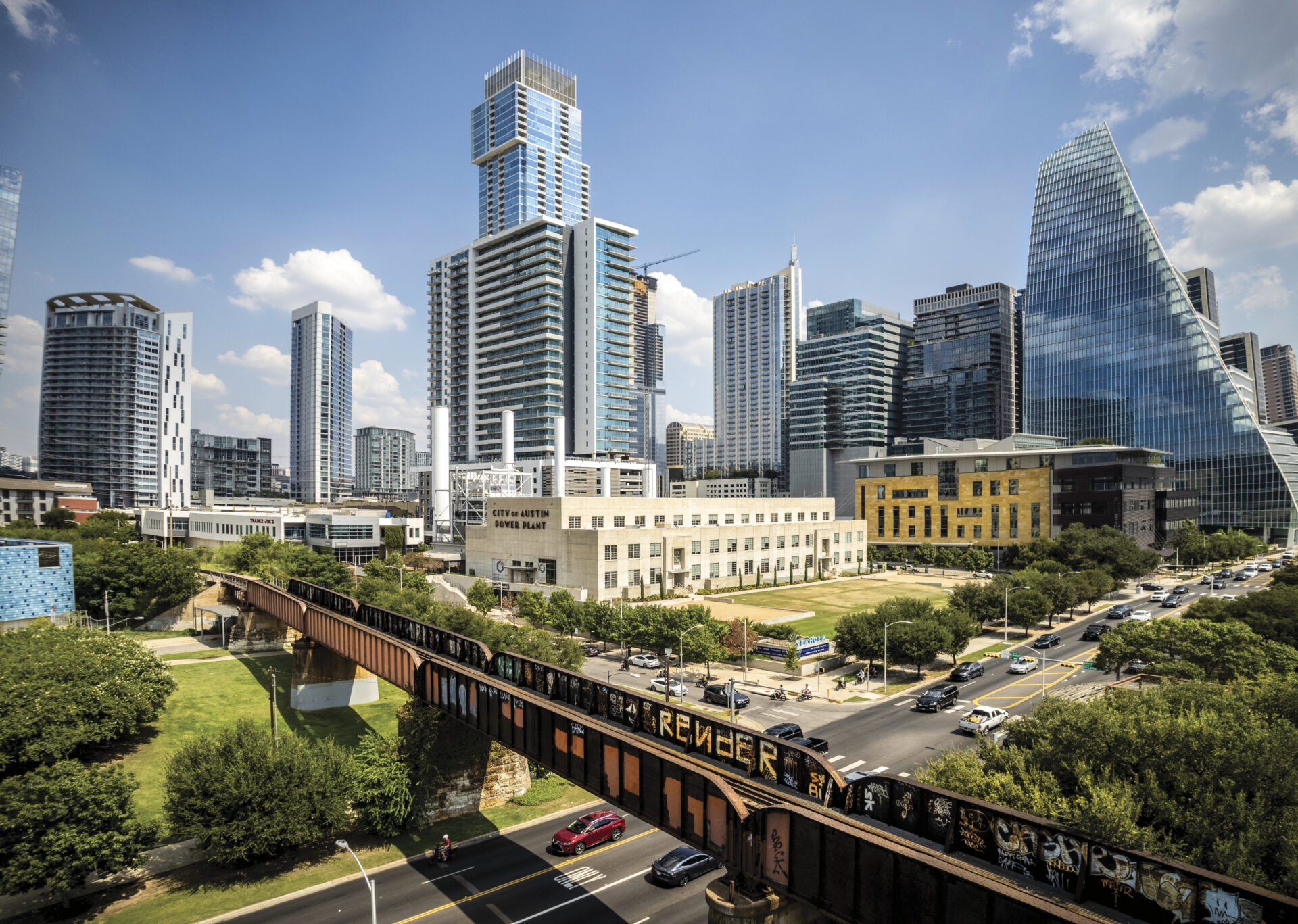
Seaholm District, photo courtesy of Urbanspace
Seaholm district
The Seaholm District was completely transformed with the help of multiple private and public partnerships that worked together to recreate the area, which boasts a plethora of green space and close proximity to some of Austin’s favorite hotspots like Whole Foods, Trader Joe’s, Lady Bird Lake, and the Central Library. The former Seaholm Power Plant transformed into the Seaholm Redevelopment consisting of 1.5 acres of parkland, creative office, retail, restaurants, Trader Joe’s and the Seaholm Residences. The former Electric Control Center now houses The Independent. The Central Library, which took 4 years to build and around 125 million dollars to construct, brought a whole new level of architecture, diversity, and vibrancy to the neighborhood. Both The Independent and the Central Library sit along Shoal Creek, which underwent a multi-year beautification period, linking the trail with Lady Bird Lake. On the eastern shore of Shoal Creek, the Green Water Treatment Plant area was reshaped into four downtown blocks encompassing the Facebook building, the Google building, Northshore apartments, and Austin Proper Hotel & Residences.
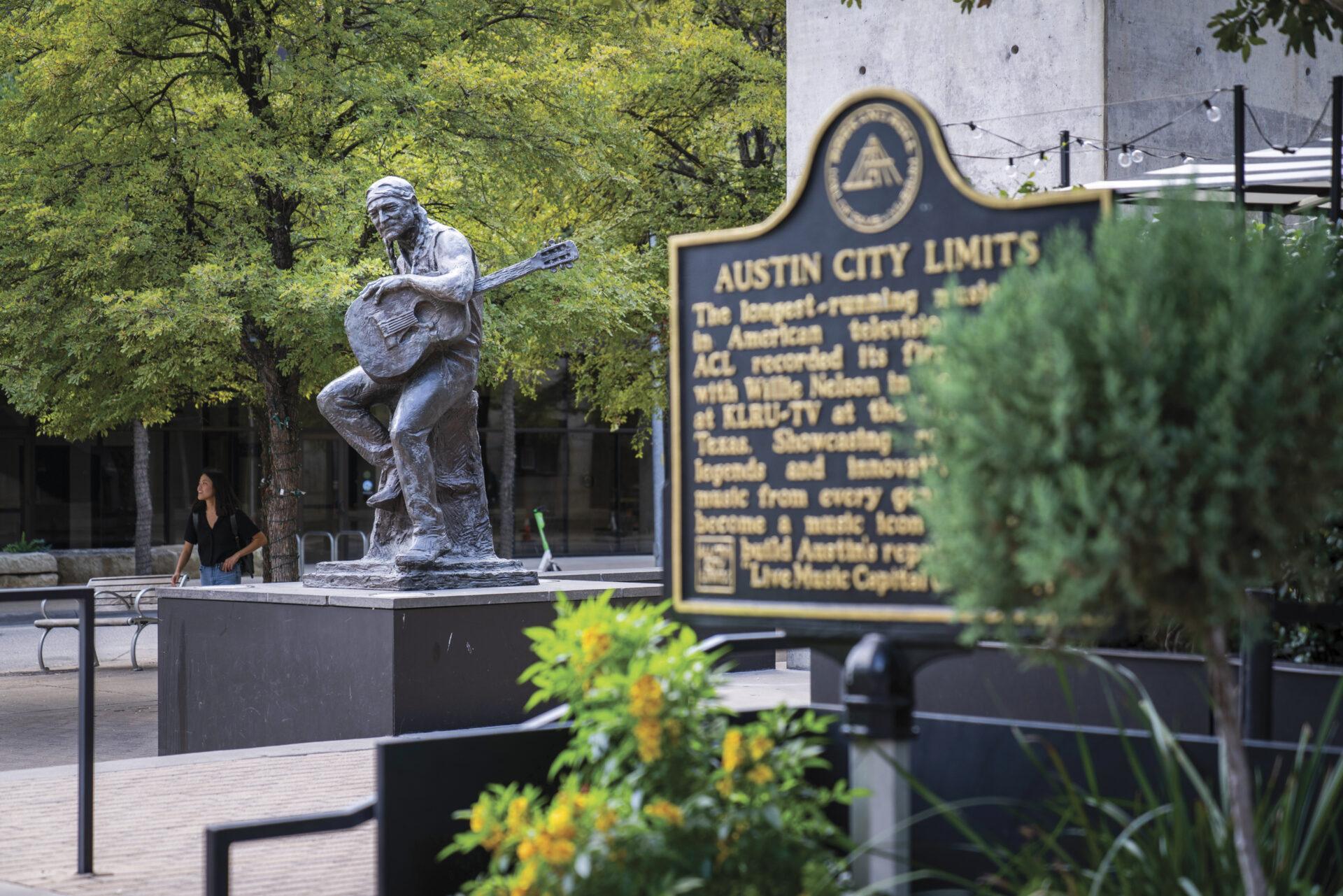
2nd Street District, photo courtesy of Urbanspace
2nd Street District
As the shopping mecca of downtown Austin, 2nd Street District is densely packed with tons of retail shops and restaurants and also boasts classic Austin entertainment venues like Violet Crown Theater and ACL Live at the Moody Theater. Its central location within the urban core makes it a popular destination for downtown dwellers.
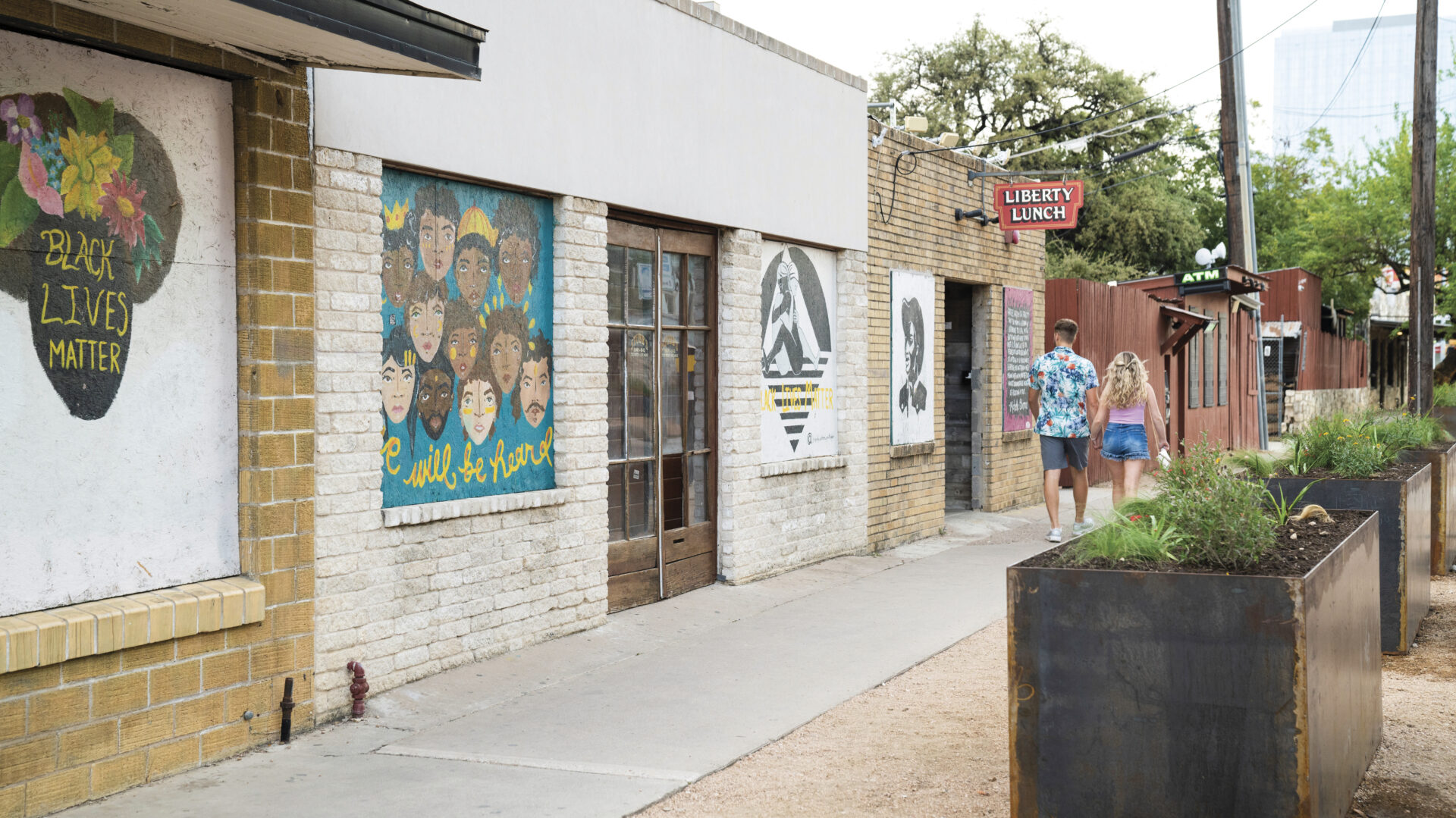
Red River District, photo courtesy of Urbanspace
Red River District
These historic streets don’t shy away from keeping Austin weird. Red River serves as the backbone to Austin’s music scene and fights to preserve our title as the “Live Music Capital of the World” with iconic Austin venues like Stubb’s BBQ and Mohawk. Popular nightclubs such as Cheer Up Charlies and Barbarella also contribute to the vibrant nightlife of this district. The recent opening of the Waterloo Greenway Amphitheater enhanced the area further with community programming and additional park space.
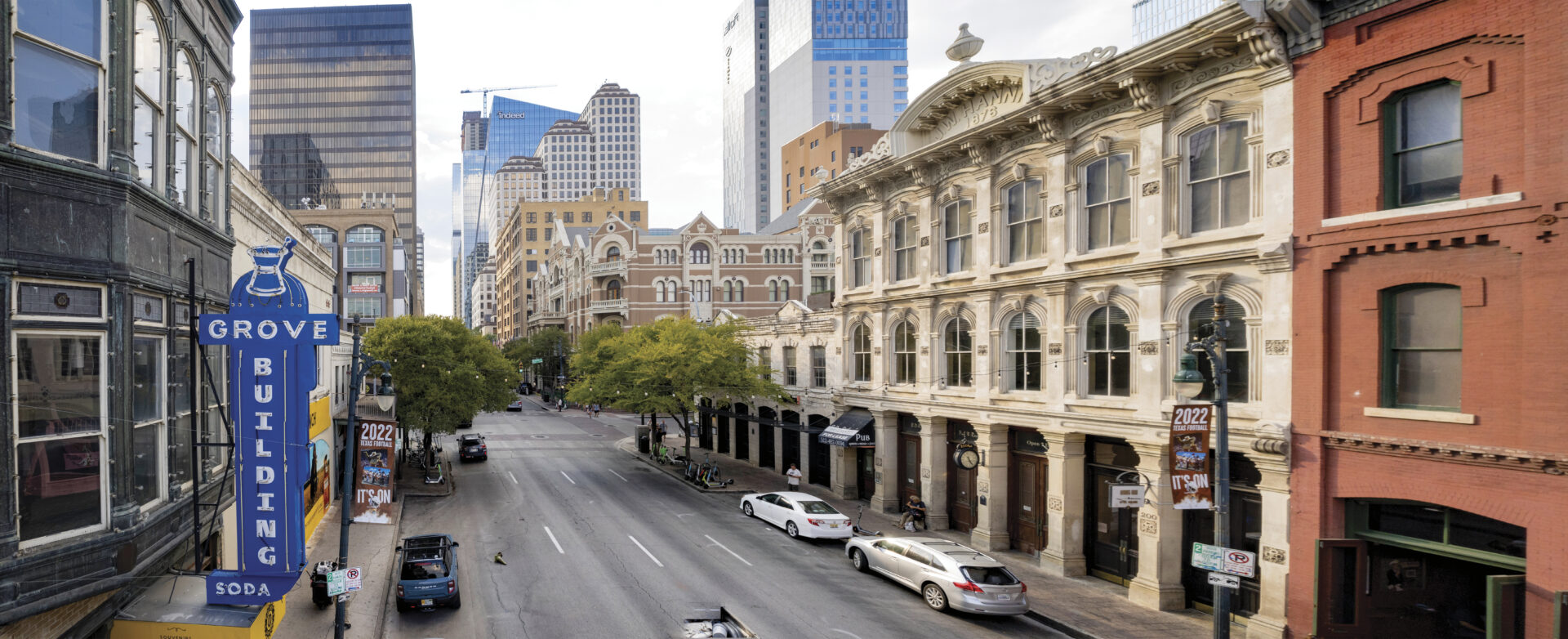
6th Street Historic District, Photo courtesy of Urbanspace
6th Street Historic District
Once developed as Austin’s trade and commercial district in the late 1800s, this main artery of downtown Austin has grown into a world-renowned entertainment district. Visitors will find a multitude of bars, unique venues for live music, and great Austin restaurants such as Parkside and Iron Cactus — often housed in historic buildings that have stood for decades. This district will soon be getting a facelift that will preserve the storied history while diversifying the district’s offerings.
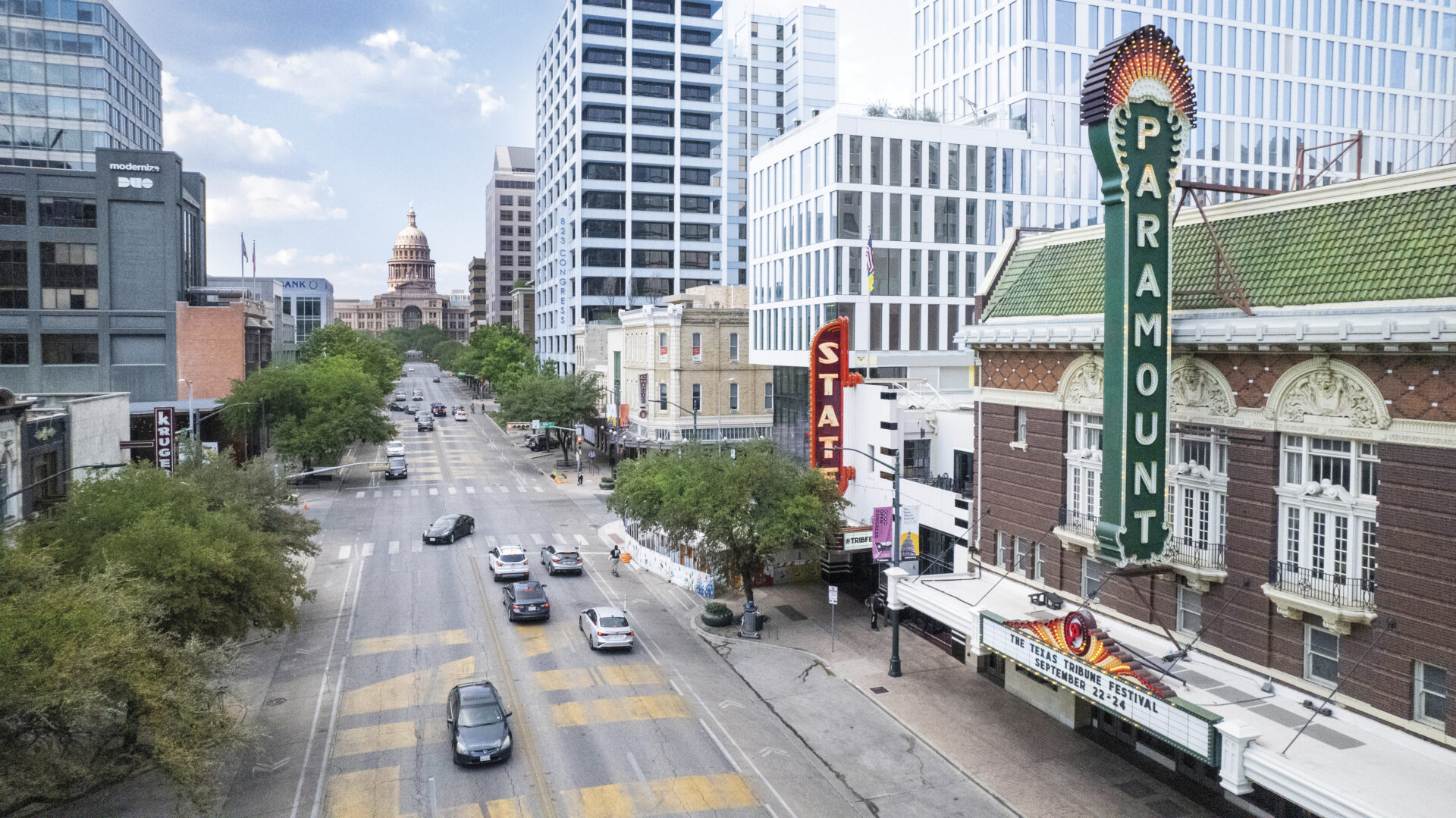
Capitol Complex and Congress Avenue District, Photo courtesy of Urbanspace
Capitol Complex & Congress Ave district
Architecturally designed to serve as the main street in downtown, Congress Avenue has served as the address to prominent businesses since the mid-1800s and connects historical downtown with the Capitol and government buildings. The first Capitol building was completed in 1888. Until 1962 no buildings were allowed to be built taller than 200 feet to preserve the Capitol view with the exception of the University of Texas Tower. Today there are both state and local Capitol view corridors that preserve the view of the Capitol from different vantage points in the city. Surrounded by 22 acres of grounds, the Capitol serves as an amazing amenity to both Austinites and Texans alike.
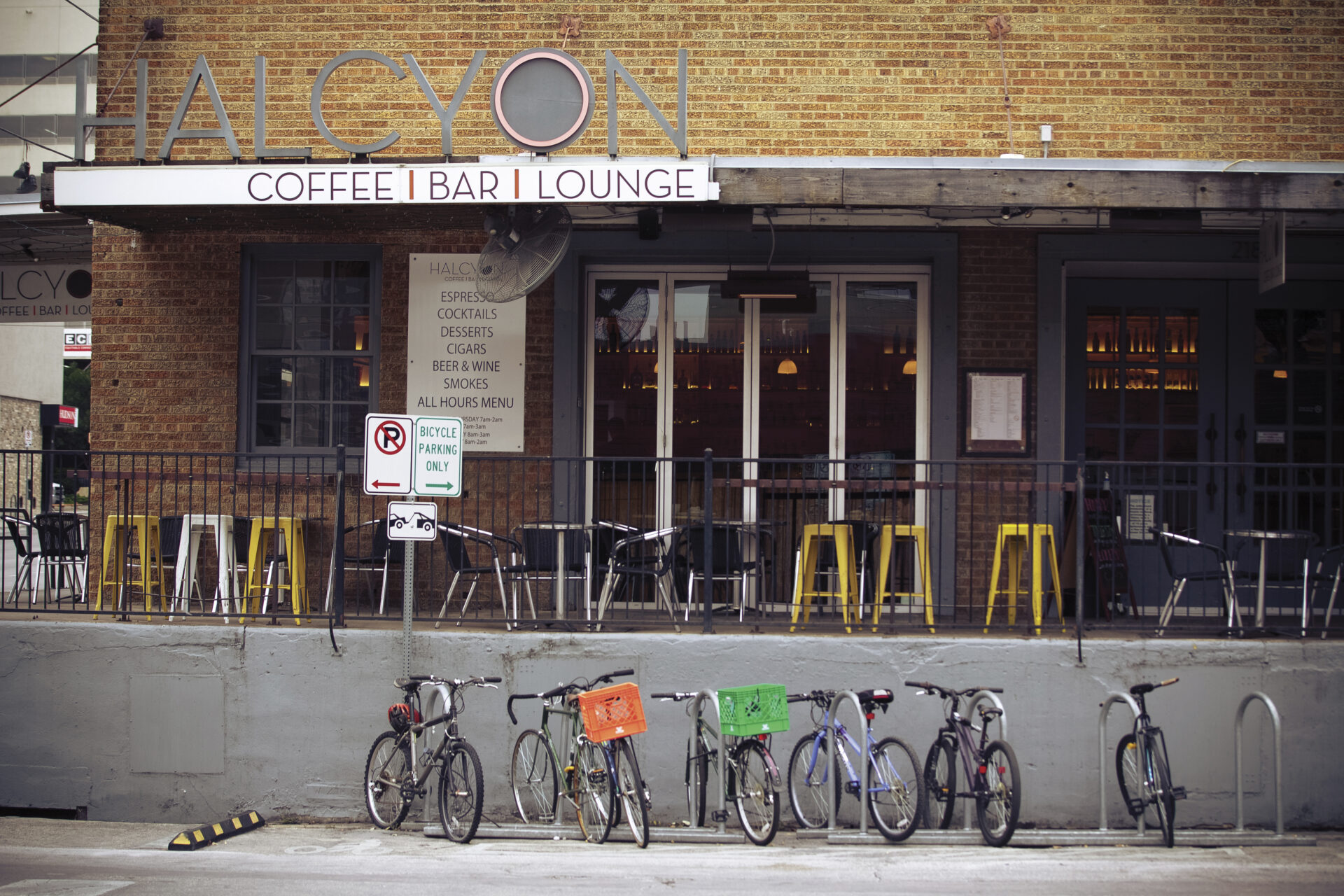
Warehouse District, Photo courtesy of Urbanspace
Warehouse District
Anchored by Republic Square Park, the Warehouse district boasts many restaurants, lounges, and music venues — many of which are housed in renovated warehouses, lending the district its name. Notably, much of Austin’s LGBTQ+ nightlife scene is clustered around the 4th Street section of this district which is home to the nightclubs Rain, Oilcan Harry’s, and Highland Lounge.

